Employers in Canada with foreign worker(s) employees hired under the temporary foreign worker (TFW) program must meet certain compliance obligations.
This article was originally posted on the website of Corporate Immigration Law Firm.
One such obligation is to conduct an annual review of the salary being offered to foreign worker(s) on work permits issued under a Labour Market Impact Assessment (LMIA). As part of the compliance obligations, employers are required to ensure that the salary being offered continues to meet the median or prevailing wage.
The Job Bank wages are adjusted yearly in the fall. The most recent Job Bank wage adjustment came into effect on December 3, 2024. Employers should therefore conduct a review of their foreign worker employees on LMIA based work permits and, should the foreign worker(s) wage fall below the prevailing wage rates, the wages should be adjusted and updated by January 1, 2025.
The prevailing wage can be reviewed on ESDC’s Job Bank website wage section by the applicable National Occupation Classification (“NOC”) code and the region of employment.
The Job Bank wage adjustment is a routine affair. Based on an initial review of the adjusted wage, it seems the percentage increase is somewhat of a mixed bag with some wage increases over 10% . This is not surprising given the government’s policy to minimize the number of temporary residents in Canada and the government recent and aggressive measures to essentially overhaul the LMIA program.
Recently, the government implemented several measures to minimize the use of the LMIA program. One such measure was increasing the provincial and territorial wage threshold for employers to be able to apply for a high-wage LMIA by 20%. This in conjunction with some other measures for low-wage LMIAs, as listed below, have made the LMIA landscape very challenging.
- Employment and Social Development Canada (ESDC) refusing to process LMIA applications for certain positions in the low-wage stream where the location of work is in a Census Metropolitan Area with an unemployment rate of 6% or more.
- Reducing the employment duration for low-wage LMIAs from two years to one year, with the exception of positions in the primary agriculture steam.
- Capping the proportion of temporary foreign workers in low-wage positions, at a specific work location to 10% of the employer work force from 20%. There are however certain exemptions to the cap as listed below:
- The 10% cap does not apply to positions in construction; food manufacturing; hospitals; and nursing and residential care facilities specific to in-home caregiver positions. For these positions, the cap still remains 20%. The classification code for these sectors is determined by the North American Industry Classification System (NAICS) Canada.
- The cap does not apply to seasonal positions that are less than 270 days; on-farm primary agriculture positions; caregiver position for health institutions; positions in support of permanent residency and positions that are highly mobile (less than 120 days).
With these measures and others implemented throughout 2024, the government’s mandate to reduce the number of temporary residents in Canada is very evident. In this current environment, frequent compliance audits can be expected. Therefore, employers must pay attention to government announcements and undertake regular review to ensure that they are continuing to meet the various responsibilities that come with hiring foreign workers in Canada As employers are looking at prevailing wages and adjusting them, it may be a good time to review other obligations as well.



